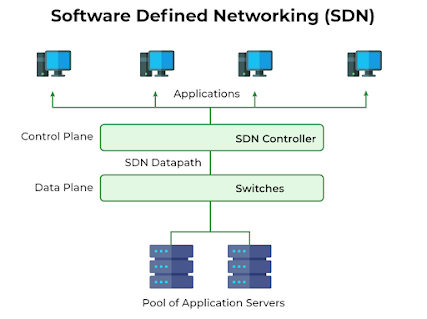convolutional neural networks

Convolutional Neural Networks (CNNs) are a specialized type of neural network that are particularly effective in processing and analyzing visual data, such as images and videos. They are designed to automatically extract and learn hierarchical representations of visual features from the input data. The key component of a CNN is the convolutional layer, which performs the convolution operation on the input data. The convolution operation involves sliding a small window called a kernel or filter across the input, computing the dot product between the values in the window and the corresponding values in the input. This process allows the network to detect patterns and features at different spatial locations in the input. CNNs typically consist of multiple convolutional layers, interspersed with other types of layers such as pooling layers and fully connected layers. Pooling layers reduce the spatial dimensions of the feature maps produced by the convolutional layers, thereby reducin...


